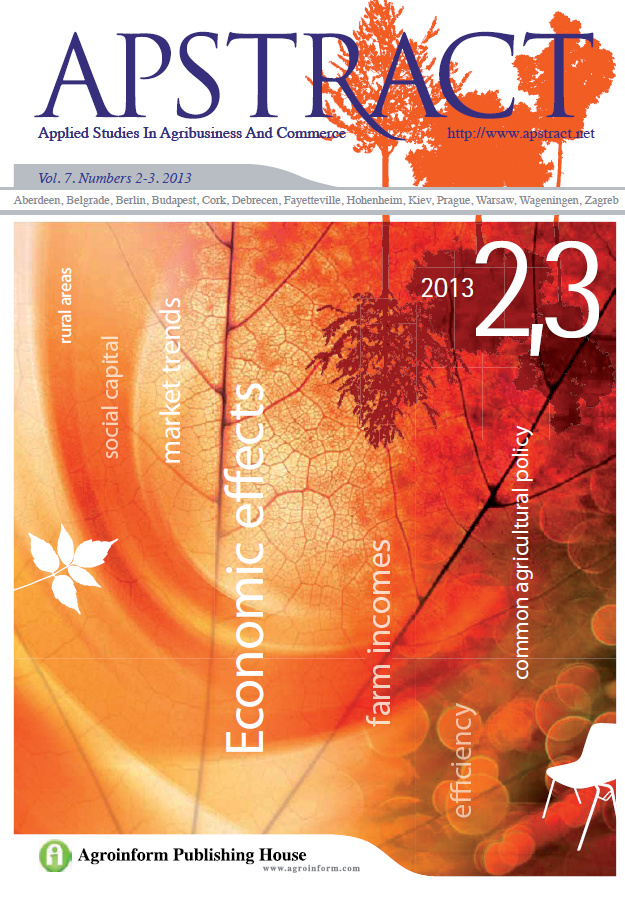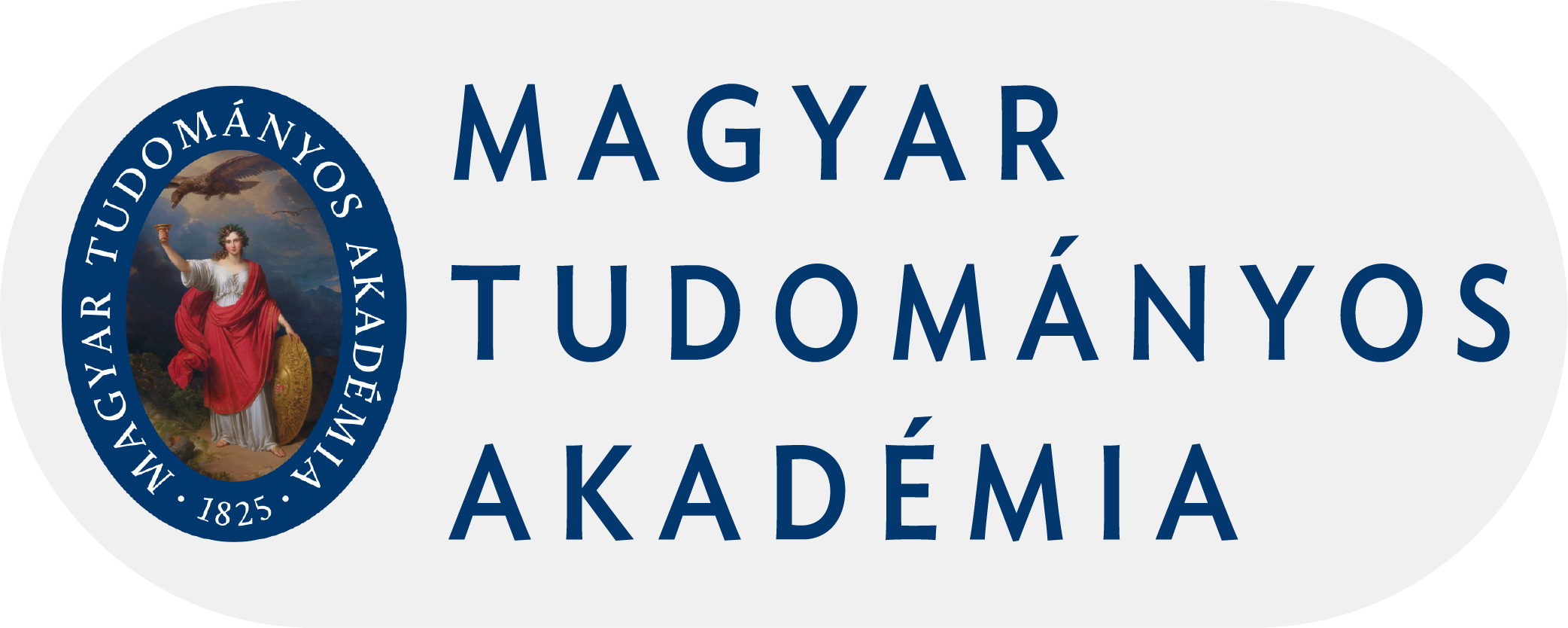An incubator model based on the territorial value chain
Authors
View
Keywords
How To Cite
Abstract
Policies to promote and encourage local foods may take many different shapes depending on both the specific targets and strategies. Some policies, especially at a local level, promote supply-chain vertical and horizontal integration as a comprehensive strategy which aims to help firms pursue several of the promoting policies. A business model that focuses its attention on the consumer of the product and territory can be a crucial driver in generating a ‘land fecundation’ as a response to globalization. The aim of the paper is to investigate the link between rural development and territorialisation, exploring the role of Local Action Groups Integrated Projects of Food Chain and Rural Development Programmes from 2007-2013 in a region in Southern Italy. The article makes use of a value chain approach, starting with Porter’s value chain model and five forces model of competition; it proposes a methodological framework for the development of an organisational model that includes and builds networks between the several stakeholders and local programmes, creating a shared strategy to revitalising the area and the food choices of its residents. This revitalising process takes place through the implementation of a multi-purpose incubator establishing strong partnerships that are able to foster complementarities among all rural stakeholders. Conclusions and implications for policy makers are drawn: a model of territorial organisation could link territorial capital and local stakeholders, and therefore the programming carried out under the entire RDP.


 https://doi.org/10.19041/APSTRACT/2013/2-3/7
https://doi.org/10.19041/APSTRACT/2013/2-3/7




